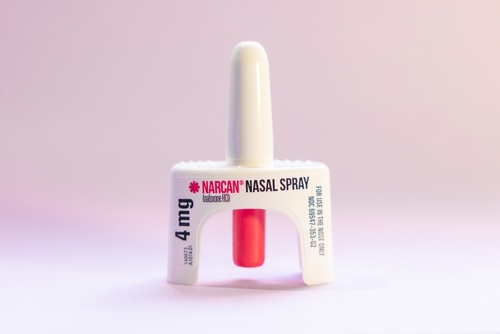
The apple may not fall far from the opioid tree, according to findings from a recent retrospective cohort study published in JAMA Surgery: long-term opioid use in family members could be predictive of the drug’s use in opioid-naïve adolescent and young adult patients after common surgical and dental procedures.
“We know from previous research that adolescents and young adults undergoing dental and other common surgical procedures are at risk of persistent opioid use after their first opioid prescription,” said senior author Jennifer Waljee, MD, Michigan Medicine and Mott surgeon and member of the Michigan Opioid Prescribing Engagement Network (Michigan-OPEN) at the Institute for Healthcare Policy and Innovation, in a press release.
What this study aimed to determine, the researcher wrote in their paper, was “whether family-level factors, such as long-term opioid use in family members, is associated with persistent opioid use.”
The researchers evaluated data on patients who were aged between 13 and 21 years at the time of surgery who underwent one of 11 common procedures between Jan. 1, 2010, and June 30, 2016. The procedures considered in the study included arthroscopic knee surgery, arthroscopic shoulder surgery, and upper extremity fracture with surgical fixation. The other surgeries were surgical tooth extraction, tonsillectomy and/or adenoidectomy, appendectomy, cholecystectomy, pectus repair, umbilical or epigastric hernia repair, inguinal hernia repair, and orchiopexy. Opioid naïve was defined by the researchers as “having no opioid fills between the 365 days and 7 days before the procedure date.”
In addition to not being opioid naïve, patients were excluded based on the following criteria:
- No continuous insurance enrollment and pharmacy benefit coverage in the 12 months before to six months after the procedure date, and no family member with the same benefits during the same time frame
- Had an inpatient admission longer than 30 days right after the procedure
- Had any six-month postoperative additional anesthetic code
- Were the primary insurance holder, not a dependent
- Had a complex chronic condition code on any claim during the year leading up to the operation
https://twitter.com/SGottliebFDA/status/1100485057544945666
Family Matters
“Our study suggests a potential relationship between this risk among youth and the presence of opioid use among family members and may be an important consideration when screening for individuals at risk for prolonged postoperative opioid use,” said Waljee.
Final analysis included 346,251 patients (mean age, 16 years; 50.7% female), of whom about three-quarters (n = 257,085, 74.3%) had an initial opioid fill. Of patients with an initial opioid fill, 11,016 (4.3%) had a family member with long-term opioid use. Patients with a family member with long-term opioid use were more likely than those without a long-term opioid use family member to have persistent opioid use themselves (4.1% vs. 2.4%; adjusted odds ratio, 1.54; 95% confidence interval, 1.39-1.71).
The researchers recommended, “Physicians should screen young patients for long-term opioid use in their families and implement heightened efforts to prevent opioid dependence among patients with this important risk factor.”
Having a family member with persistent opioid use may be a risk factor for young adults continuing prescriptions long after their own surgeries, a new Michigan Medicine study suggests.
The presence of one or more… https://t.co/zGC1s2qcwe
— Dr. Gary Ferguson (@NaturewayAlaska) February 28, 2019
#ColumbiaSPH study is the first to look at #opioid abuse patterns through the lens of family history. https://t.co/APKd316oDV
— ColumbiaPublicHealth (@ColumbiaMSPH) February 27, 2019







 © 2025 Mashup Media, LLC, a Formedics Property. All Rights Reserved.
© 2025 Mashup Media, LLC, a Formedics Property. All Rights Reserved.